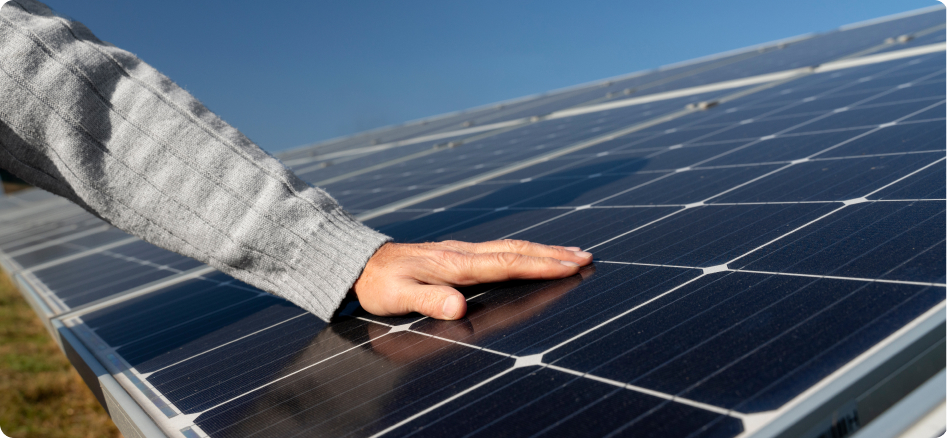
When we talk about solar energy, the conversation often begins and ends with the panels themselves how they look, how much power they generate, and how they help reduce energy costs. But an equally important part of the system, one that directly affects performance, safety, and long-term durability, is often overlooked: the structural framework that holds the panels in place.
This supporting structure plays a critical role in the success of any rooftop solar installation. From residential terraces to large-scale industrial rooftops, the integrity of the mounting system determines how well the panels can withstand weather, temperature shifts, wind loads, and the test of time. A structurally sound system ensures that panels stay properly
aligned and free from issues such as water seepage or material degradation.
Structure Isn’t Just Support — It’s System Performance
The quality of structural components directly impacts efficiency and safety. Frames must be engineered to meet wind load certifications, tested for compression strength, and treated toresist corrosion in varying environmental conditions.
This is particularly important for businesses and homeowners investing in rooftop solar. A well-designed support system protects both the energy infrastructure above and the physical structure below. It ensures that the solar investment not only performs as expected but continues to do so with minimal maintenance over decades.
At Horizon Renewable Power, we prioritise structural engineering as a core part of every rooftop installation. Our systems are designed to meet rigorous performance standards and are installed with attention to every structural detail.
So the next time you look at a solar panel, consider what’s holding it there. In solar, what’s beneath the surface matters just as much as what’s above it.